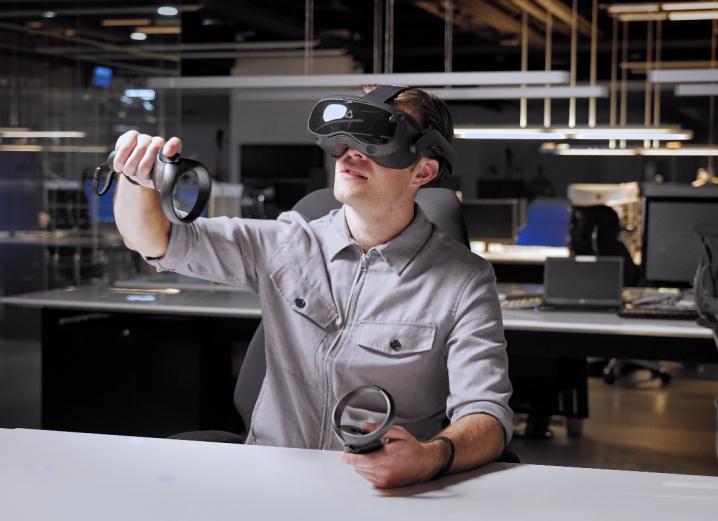The quality of virtual environments possible today results in highly realistic experiences. The convergence of high-quality images and sound, and in some cases touch, enables participants to become fully absorbed and forget that they are actually in an artificial situation. This results in natural thinking and behaviour by participants very quickly.
Whether it's enabling people to work on scarce or expensive equipment, or learning to work in dangerous situations or inaccessible locations, digital environments enable a fast and cost-effective solution to providing comprehensive training experiences.
Providing a variety of tasks and learning experiences within realistic environments increases the relevance of training to staff. Learning that combines doing, versus only passive approaches such as text, videos or lectures, increases comprehension and retention of knowledge. In addition, by adding gamification to training, you are able to create a self-motivation loop where people want to better their score or positively compete with associates.
Digital environments can be tailored across multiple platforms, from fully immersive headsets to web-enabled computers and tablets. This reduces the barriers to people taking up training. In addition, by hosting training on a digital portal, you are able to scale the availability and access to content quickly, allowing people to undertake training where, when and as often as they like.
Interactive training captures and measures the performance of required tasks. This creates a feedback loop that allows staff to take responsibility for their own professional development and improve capability conversations between team members.
Creating AR/VR training solutions does not mean replacing existing content and protocol. It is often used to enhance existing approaches by taking proven content and bringing it to life in a fresh, more relevant and engaging way for staff. This increases participation and learning outcomes.
Through the process, untapped learning opportunities or areas for transformation can be identified and captured, keeping the organisation at the forefront of capability building.
Digital environments are flexible and scalable, delivering cost efficiencies for the organisation. Environments can be updated and made available across the workforce without the replacement cost of hard copy training materials. In addition, training can be run without having to make scarce or expensive equipment available or having training staff attend multiple location.
Digital modules can be developed and distributed quickly once the systems are in place, with refinements and adjustments possible as staff use and provide feedback.
Trainee activity is measured and recorded, providing fact based feedback and greater transparency in professional development discussions. This data can be used as part of the organisations career development pathways.


